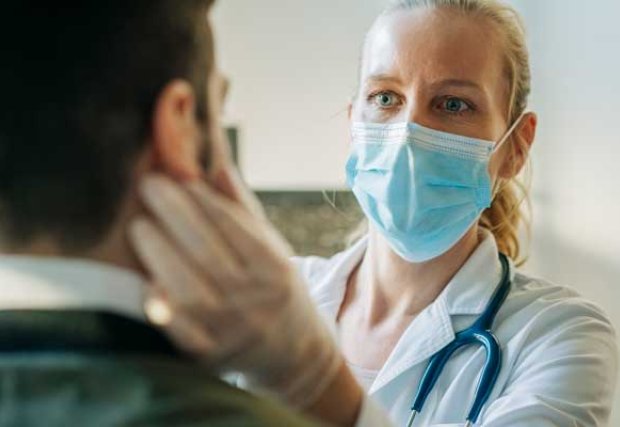Valley Health System Emergency Departments Are Open for Medical Emergencies, Including Support for Heart and Stroke Procedures

The Valley Health System and its Emergency teams want to remind the community that our six hospitals and two freestanding emergency departments are open for medical emergencies, including support for heart and brain procedures related to heart attacks, stroke and more.
At this time, when home isolation is encouraged to slow the spread of COVID-19, we want to remind you that if you are having symptoms that could indicate a medical emergency, such as chest pain, difficulty breathing, trouble lifting your arms and weakness, please visit your nearest Emergency Department.
“Time lost is heart and brain muscle lost,” said Dan McBride, MD, Chief Medical Officer for The Valley Health System. “If you delay seeking medical care, there can be detrimental effects on your health. It’s important to seek immediate medical attention in these situations.”
The Valley Health System hospitals and freestanding emergency departments have special processes in place for protecting patients during medical emergencies, including the use of health and wellness screenings, limited visitation, protective equipment for patients and staff, specialized patient care areas for those with potential and confirmed cases of COVID-19, and specific cleaning processes.
Mild Respiratory Symptoms
If you are having mild respiratory symptoms or flu-like illness, it is best to stay home and manage your symptoms in consultation with your primary care provider. However, should your symptoms worsen, our Emergency Departments are open around the clock.
Telehealth for Office Visits at Home
Telehealth care is also available through The Valley Health Physician Alliance for primary and specialty care.
Heart Attack Symptoms
While some heart attacks are sudden and intense, many others begin slowly with mild pain or discomfort. Symptoms include discomfort in the center of the chest, such as uncomfortable pressure, squeezing, fullness or pain; discomfort in the back, neck, jaw, stomach or one or both arms; shortness of breath; breaking out into a cold sweat; nausea or lightheadedness.
Stroke Symptoms – BE FAST
B – Balance is off/dizziness
E – Eyes with sudden blurred vision, double vision or persistent vision trouble
F – Face droop/when trying to smile, one side of the face droops
A – Arm weakness/unable to hold up one arm
S – Speech difficulty/unable to speak, slurred speech
T – Time to call 9-1-1
